News Beat
News Beat reporting is an idrw.org initiative to let our Readers to report News Based on Actual facts but some how has not been reported in Main Stream Media .
SOURCE: RAUNAK KUNDE / NEWS BEAT / IDRW.ORG
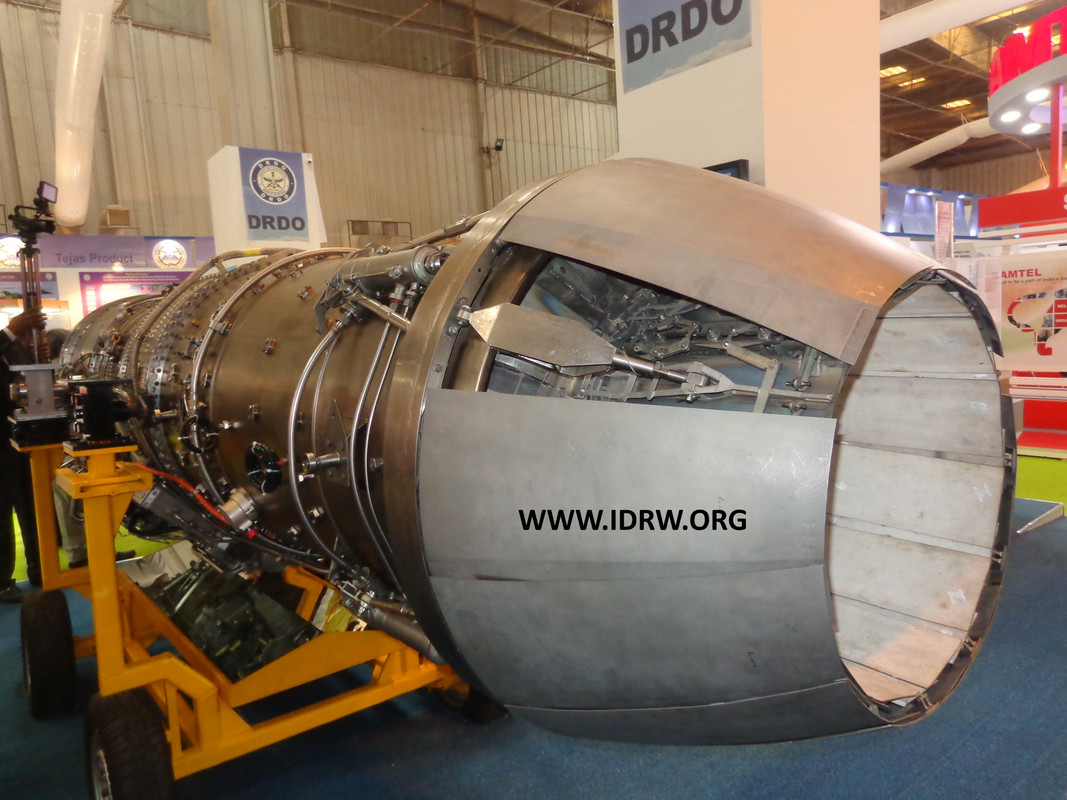
The Gas Turbine Research Establishment (GTRE) has taken a significant step towards powering the Light Combat Aircraft (LCA) Tejas with its indigenous Kaveri engine. An Expression of Interest (EoI) has been issued for procuring 450 Low-Pressure Turbine (LPT) rotor blades and 150 vanes LPT sub-assemblies, marking a crucial stage in the engine’s development.
These components are specifically designed for the 80kN variant of the Kaveri engine, featuring an Afterburner module for enhanced thrust. This afterburner will undergo technology demonstration tests onboard an LCA-Tejas LSP aircraft, paving the way for future integration into the Tejas fleet.
Continue readingSOURCE: RAUNAK KUNDE / NEWS BEAT / IDRW.ORG
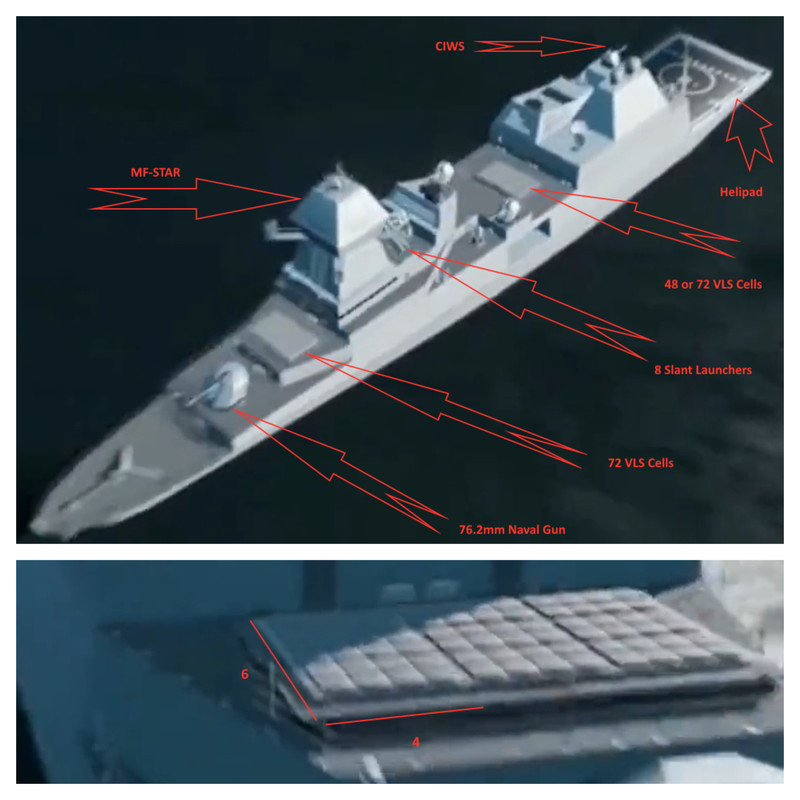
India’s quest for maritime supremacy takes a quantum leap forward with the revelation of its next-generation destroyers, designed to dominate the seas with cutting-edge technology and firepower. These 10,000-ton monsters, slated for a first metal cut within five years, promise to be a game-changer in regional defence dynamics.
These behemoths of the sea will bristle with a formidable arsenal, including Directed Energy Weapons (DEW) for unparalleled precision and long-range anti-ship missiles capable of integrating hypersonic warheads. This futuristic arsenal represents a paradigm shift in India’s naval capabilities, cementing its position as a major force to be reckoned with.
Continue readingSOURCE: RAUNAK KUNDE / NEWS BEAT / IDRW.ORG

India’s long-awaited Project 75 Alpha, aimed at developing six 6,000-ton nuclear attack submarines (SSNs) for its Navy, is finally gaining traction. With government approval secured in 2015, the program has been shrouded in secrecy until recently, but whispers of cutting-edge technologies and advanced capabilities are starting to emerge.
Spearheaded by the Warship Design Bureau, the SSNs will boast next-generation stealth design, crucial for their survival in hostile underwater environments. This includes features like anechoic coatings and specially shaped hulls to minimize sonic and radar signatures, allowing them to operate undetected throughout enemy territory.
Continue readingSOURCE: RAUNAK KUNDE / NEWS BEAT / IDRW.ORG

India’s dream of a domestically-built fifth-generation fighter jet, the Advanced Medium Combat Aircraft (AMCA), remains grounded, despite four years of discussions with major Private aerospace companies. The Special Purpose Vehicle (SPV) model, envisioned as a public-private partnership to drive the program, seems to be facing significant roadblocks.
The SPV model was designed to leverage private sector expertise and efficiency while maintaining government oversight. It proposed a majority stake for private companies, entrusting them with not only airframe, avionics, and accessory development but also jet assembly, after-sale support, and even export marketing rights. This ambitious plan, however, has met with resistance.
Continue readingSOURCE: RAUNAK KUNDE / NEWS BEAT / IDRW.ORG
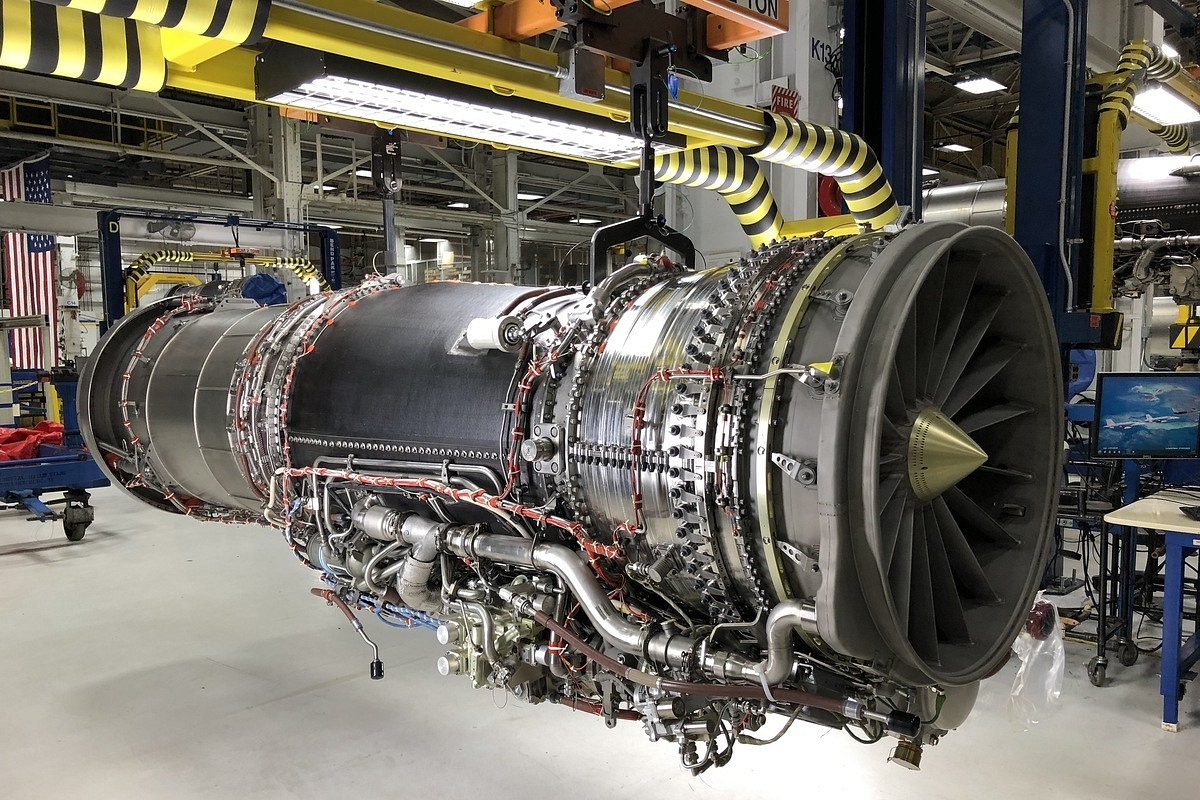
India’s quest for self-reliance in fighter jet engine technology receives a boost as Navratna defence firm MIDHANI will be stepping in to supply critical components for the US-made F414 engine. This move opens doors for domestic production of the engine, powering various advanced fighter jets like the Tejas MkII, TEDBF, and AMCA MkI.
MIDHANI will be supplying high-performance Hastelloy X nickel-based superalloys, crucial for the F414 engine’s hot sections due to their exceptional heat resistance and strength.
Continue readingSOURCE: RAUNAK KUNDE / NEWS BEAT / IDRW.ORG
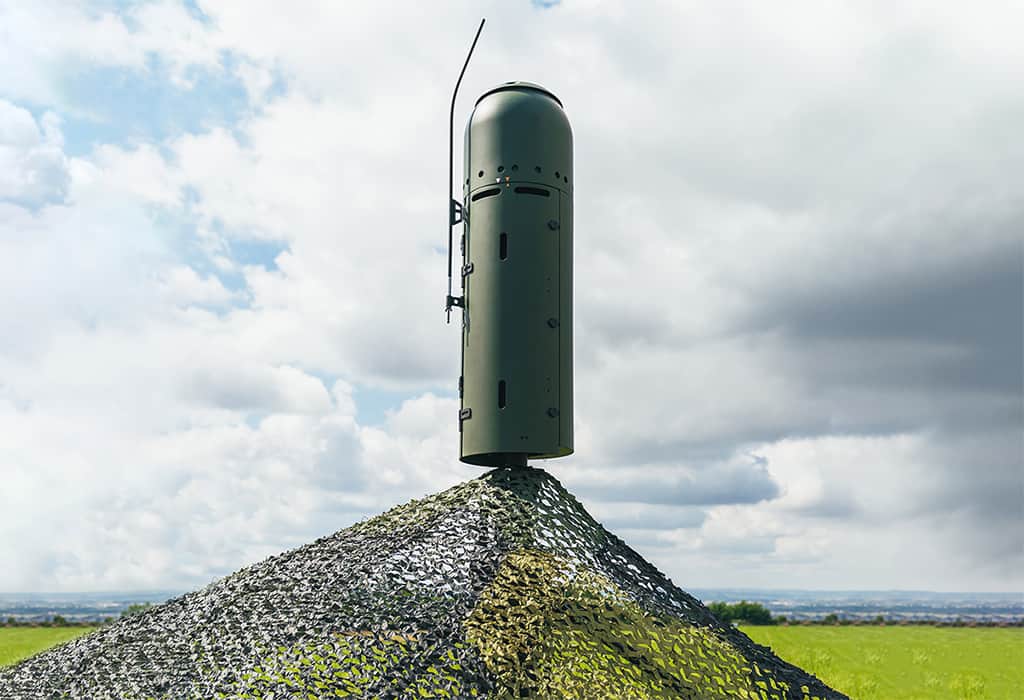
The Indian Ministry of Defence (MoD) has issued a Request for Information (RFI) for the procurement of approximately 10-20 Passive Surveillance Systems (PSS) to be used by the Indian Air Force. This move signifies a significant step towards enhancing India’s air defence capabilities.
Passive Surveillance Systems (PSS) are land-based systems that detect and track aerial targets by passively listening to their emissions, such as radar signals, radio communications, and even engine noise. Unlike active radar systems that emit their signals, PSS are stealthy and undetectable by most radar systems.
Continue readingSOURCE: RAUNAK KUNDE / NEWS BEAT / IDRW.ORG

The Indian Air Force’s dream of a domestically-built fifth-generation fighter jet, the Advanced Medium Combat Aircraft (AMCA), inches closer to reality, albeit with a revised timeline. According to DRDO Chief Dr. Samir V Kamat, the AMCA Phase-I, equipped with the GE-F414 engine, could take its first flight within seven years, with the first induction potentially happening ten years down the line.
This revised timeline, however, sparks questions. Earlier, DRDO had confidently claimed a three-year timeframe for the first flight after receiving Cabinet Committee on Security (CCS) clearance. With CCS approval still pending and a budget of Rs. 15,000 crore requested, the wait for the AMCA seems to be stretching.
Continue readingSOURCE: RAUNAK KUNDE / NEWS BEAT / IDRW.ORG
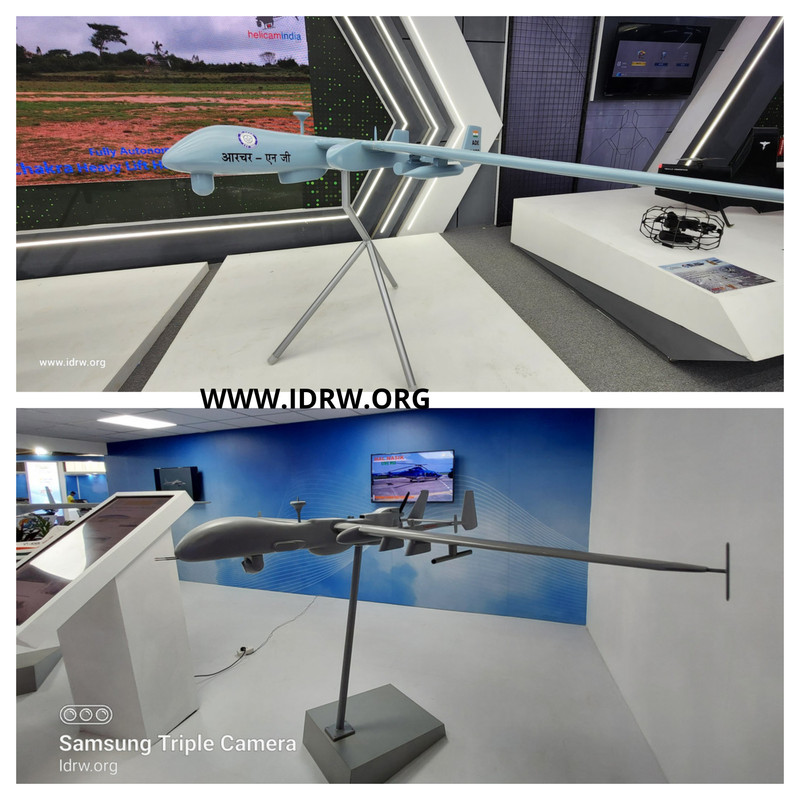
India’s ambitious plans to acquire 155 Medium-Altitude Long-Endurance (MALE) Unmanned Aerial Vehicles (UAVs) for its armed forces might see a split order, with domestic and Israeli options vying for dominance. This development comes amidst the recent crash landing of the Tapas MALE UAV Program, a setback for India’s indigenous program, and a boost for Israeli companies like Elbit and IAI, which have already secured emergency deals for their Hermes-900 and Heron-MkII drones.
The Adani Group’s domestically produced Hermes-900 has secured orders from the Indian Army and Navy, while the Indian Air Force (IAF) has picked the Heron-MkII from IAI. IAI has further sweetened the deal by offering local manufacturing of the Heron-MkII in collaboration with HAL. This immediate access and proven performance of Israeli drones have tilted the scales in their favour in the short term.
Continue readingSOURCE: RAUNAK KUNDE / NEWS BEAT / IDRW.ORG
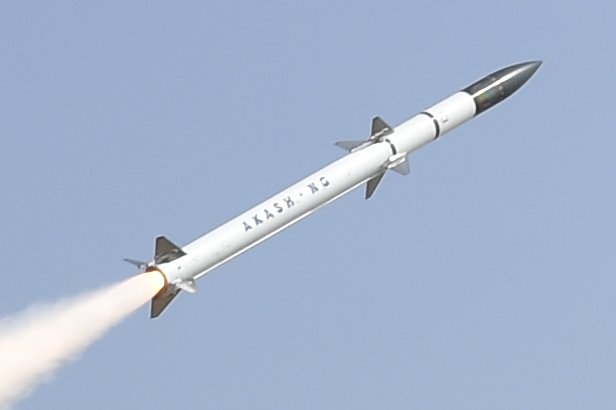
The Russia-Ukraine war has painted a stark picture on the battlefield: missile-based air defence is no longer optional, it’s essential. The proliferation of cheap drones wreaking havoc on expensive air defence systems has driven home a crucial point – nations need affordable, locally produced missiles to counter this emerging threat. Enter the Akash-NG interceptor, a game-changer for India’s air defence capabilities.
The Akash-NG’s arrival couldn’t be more timely. Its focus on tackling smaller aerial threats like drones, UAVs, and rockets aligns perfectly with the evolving battlefield landscape. With its advanced tracking and engagement capabilities, it promises to be a formidable shield against these low-cost, disruptive technologies.
Continue readingSOURCE: RAUNAK KUNDE / NEWS BEAT / IDRW.ORG

Hyderabad-based startup Paninian India Private Limited is making waves in the Indian aerospace industry with its ambitious engine development projects. Having completed the “conceptual validation” of its 4.5 kN Turbojet Engine, the company is now focused on building the prototype. But their vision extends beyond this initial engine, targeting an even more powerful 8.5 kN Turbofan.
This larger engine, according to Paninian, is specifically designed to propel the “Bigger CATs Warrior,” a more potent strike variant of the Unmanned Teaming System (UTS) currently under development by HAL-NewSpace Research. Sources reveal that Paninian has proactively offered its engine to HAL for consideration, confident in its capabilities to meet the demanding requirements of the Warrior UAV.
Continue readingSOURCE: RAUNAK KUNDE / NEWS BEAT / IDRW.ORG
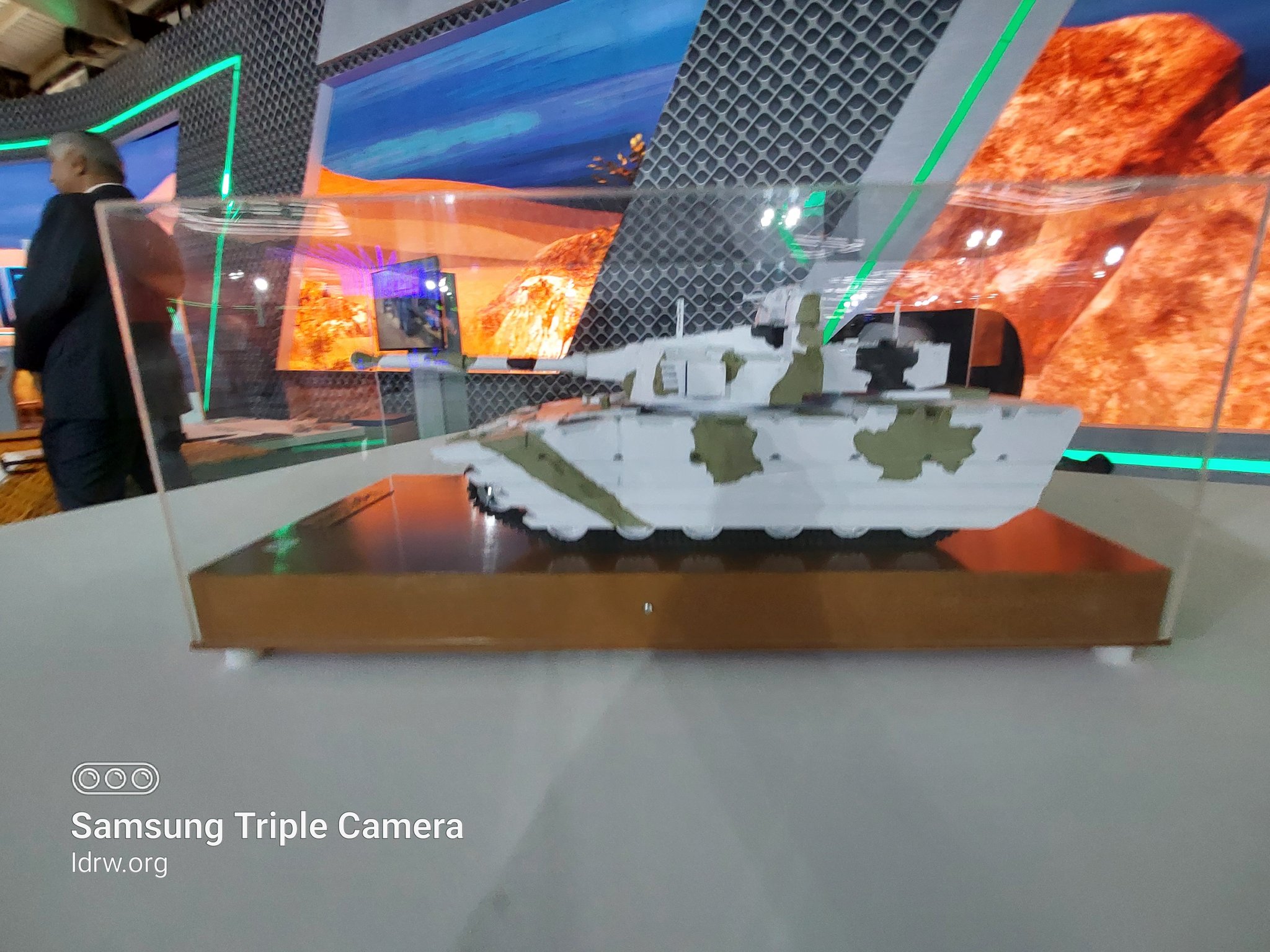
The Indian Army’s quest for a potent light tank for Himalayan warfare takes an intriguing turn with news of two competing 105mm guns vying for the final slot. On one hand, DRDO, in collaboration with Pune-based Bharat Forge, is developing a domestic gun, aimed at self-reliance. On the other hand, media reports suggest the initial prototypes of the “Zorawar” tank might utilize a 105mm gun from Belgian firm John Cockerill.
Reports suggesting a Belgian 105mm gun for the Zorawar prototypes are currently unclear. While the initial prototypes might not feature the indigenous gun, it’s highly likely to be integrated into the production variant, marking a critical milestone in India’s defence technology.
Continue readingSOURCE: RAUNAK KUNDE / NEWS BEAT / IDRW.ORG
The Defence Research and Development Organisation (DRDO) is gearing up for a significant leap in India’s indigenous aero engine development with the construction of a Twin Test Cell facility at the Gas Turbine Research Establishment (GTRE) in Bangalore. This state-of-the-art facility, slated for completion by late 2025, will play a crucial role in testing and refining cutting-edge aero gas turbine engines for future Indian fighter jets and military aircraft.
The Twin Test Cell, as the name suggests, will comprise two separate test cells. Each cell will be equipped to handle engines with a thrust class of up to 130 kN, making it a significant upgrade from existing facilities. This increased capacity will allow DRDO to test and develop engines for a wider range of military aircraft, including future generations of fighter jets with enhanced power and performance.
Continue readingSOURCE: RAUNAK KUNDE / NEWS BEAT / IDRW.ORG

The Adani Group, in a significant development for India’s maritime defence capabilities, has confirmed plans to develop a ship-based variant of the Naval Anti-Ship Missile – Short Range (NASM-SR). This comes on the heels of their selection as the production partner for the helicopter-launched version of the missile, currently under development by the Defence Research and Development Organisation (DRDO).
The existing NASM-SR boasts a respectable range of 55 kilometers. However, the new ship-based variant will pack an extra punch, thanks to the addition of a solid booster. This enhanced propulsion system promises to significantly extend the missile’s strike range, allowing it to effectively engage warships and other sea-based targets at greater distances.
Continue readingSOURCE: RAUNAK KUNDE / NEWS BEAT / IDRW.ORG
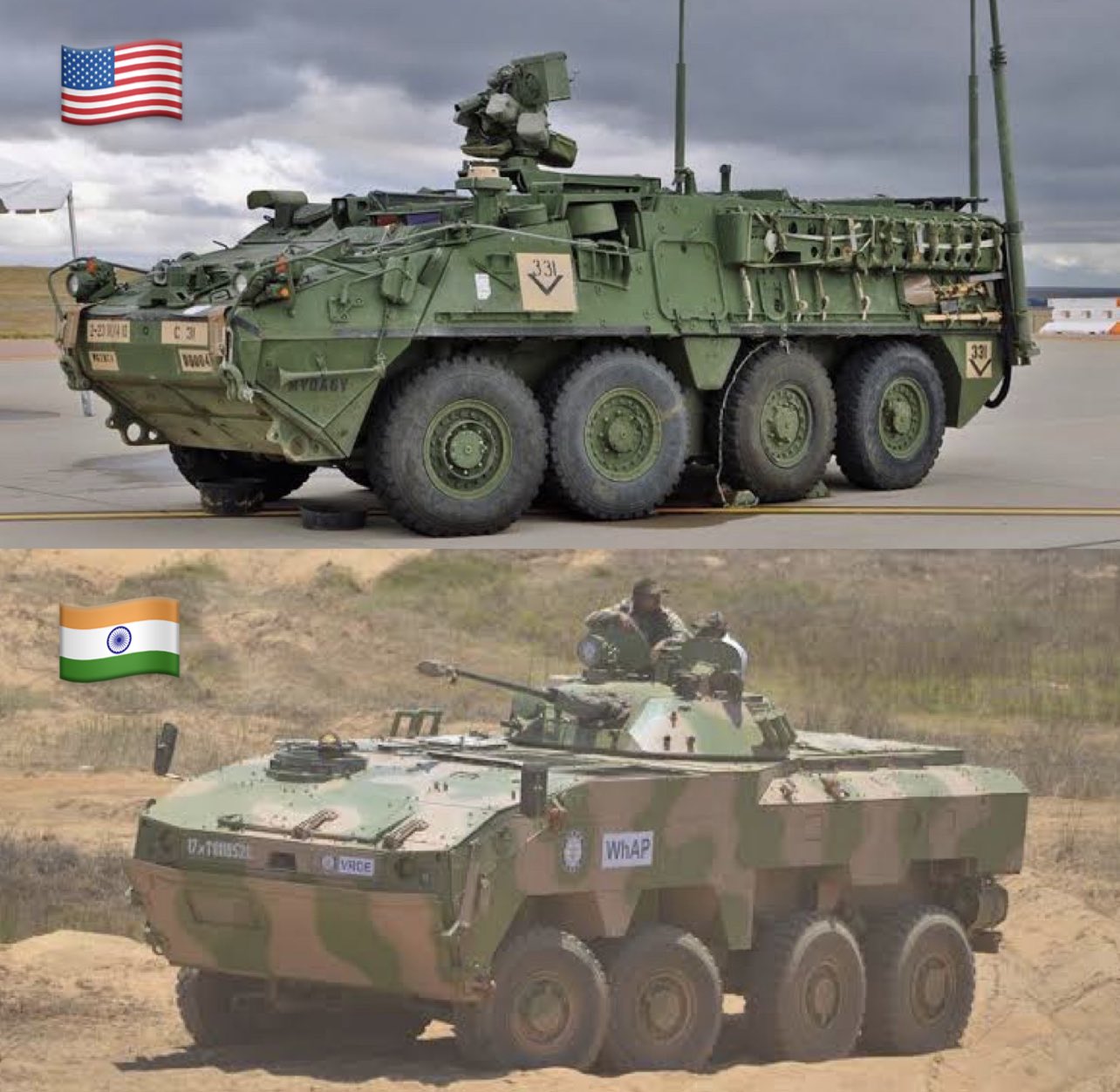
The battlefield of armoured vehicles in India is heating up, with the 8×8 platform taking centre stage. Two domestic giants, Mahindra and Tata, have joined forces with DRDO to develop the WHAP (Wheeled Armoured Platform), aiming to secure a coveted contract from the Indian Army for 700 vehicles. However, a formidable contender stands in their way: the Stryker from the United States, offered with full Transfer of Technology (ToT).
While technical specifications are crucial, other factors come into play. DRDO claims that the WHAP is lighter and more agile than Stryker, potentially offering better manoeuvrability in confined spaces. However, Stryker’s combat experience and mature technology might translate to better operational readiness and crew training.
Continue readingSOURCE: RAUNAK KUNDE / NEWS BEAT / IDRW.ORG
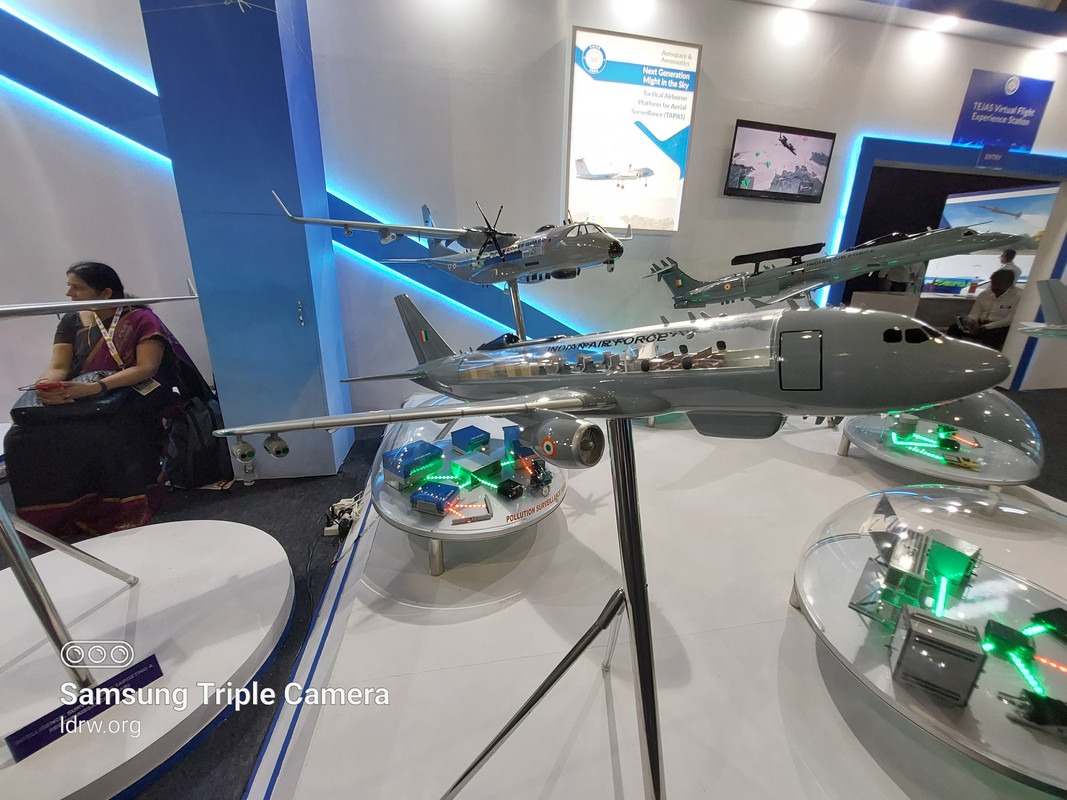
The Indian Air Force (IAF) is poised to witness a significant leap in its electronic warfare capabilities with the impending arrival of the Signal Intelligence and COMJAM Aircraft (SCA) project. This ambitious program, spearheaded by the DRDO’s Centre for Airborne Systems (CABS), has received IAF clearance in 2019 and is expected to secure Defence Acquisition Council (DAC) approval soon, according to prominent defence journalist Anantha Krishnan M.
The SCA is much more than just a fancy antenna on a plane. It’s a manned multi-mission platform, capable of undertaking long-range and high-endurance signal intelligence missions. At its core lies the combined power of SIGINT (Signal Intelligence) and COMJAM (Communications Jamming), providing the IAF with a comprehensive electronic warfare package.
Continue reading